Shetland boats caught my fancy a long while ago, and Ian Oughtred's careful interpretations of them retain their heart-catching beauty of line and also their incredible ability in turbulent water.I remember trying to photograph boats at the delightful Scottish Traditional Boat Festival at Portsoy on Scotland’s Moray Firth, when a short steep sea had built up with wind against a four-knot tide. Every small boat there, every skipper, was frustrated, stopped in their tracks, sails and spars lurching—except for one. Iain Oughtred appeared in his lovely Ness Yawl, JEANNIE II, and slithered over the tops of the waves as if on some sort of buoyant magic carpet. Iain left the other boats standing, sailed rings around them, came back to see what was holding them up, like an irritating youngster who has completely outpaced the oldies. She was the only boat that day that photographed well, with hull, rig, and sails doing her credit. If I needed to get back to harbor in a turbulent sea and didn’t want to spend all afternoon doing it, I would feel confident that a Ness Yawl would not disappoint me. Iain Oughtred has made a practice of designing—and using—lightweight, glued-lap plywood rowing and sailing boats inspired by the Nordic tradition.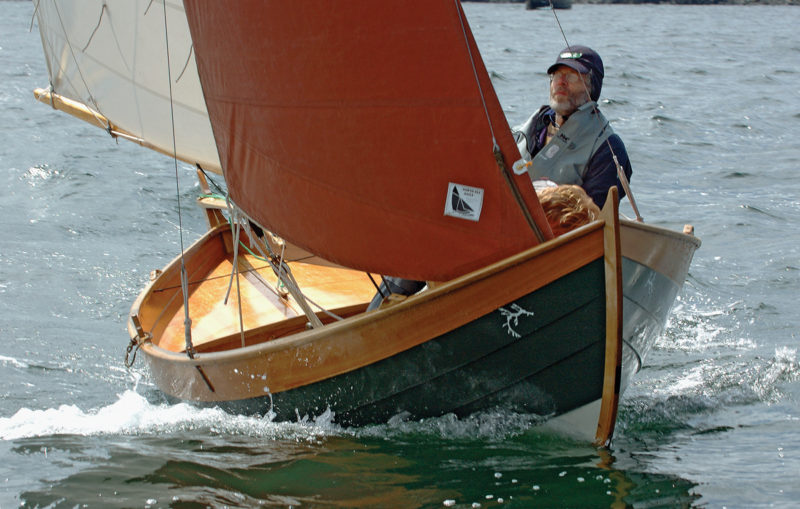 Photo by Kathy Mansfield
Photo by Kathy Mansfield
Join The Conversation
We welcome your comments about this article. If you’d like to include a photo or a video with your comment, please email the file or link.
Comments (6)
Leave a Reply
Stay On Course

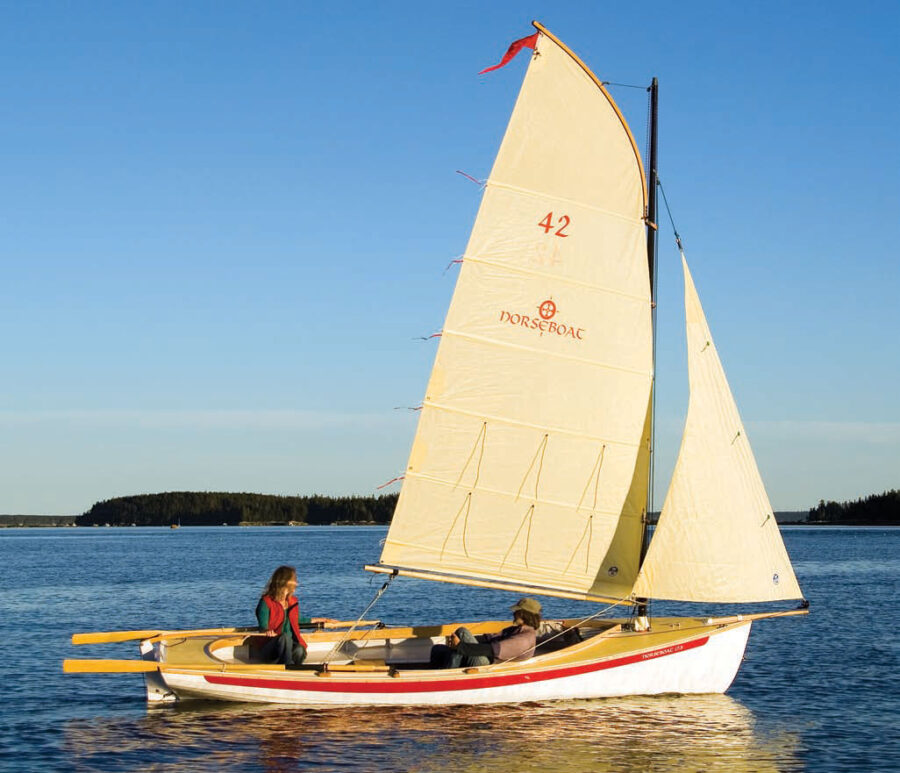
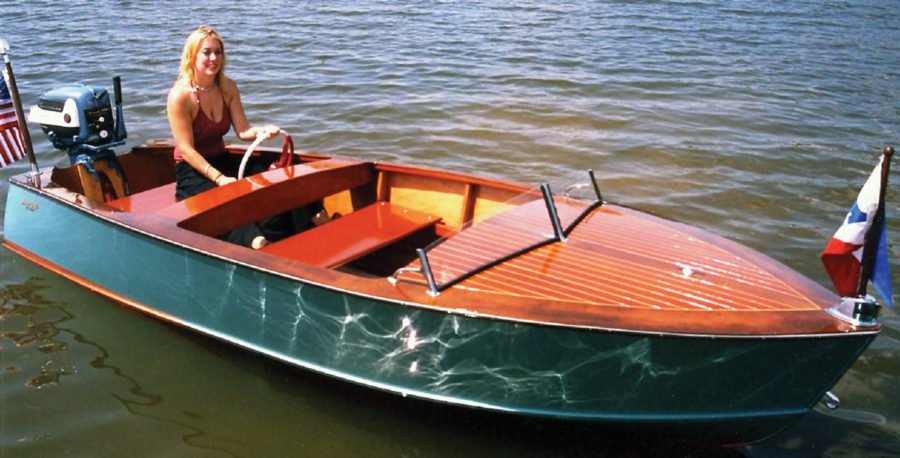
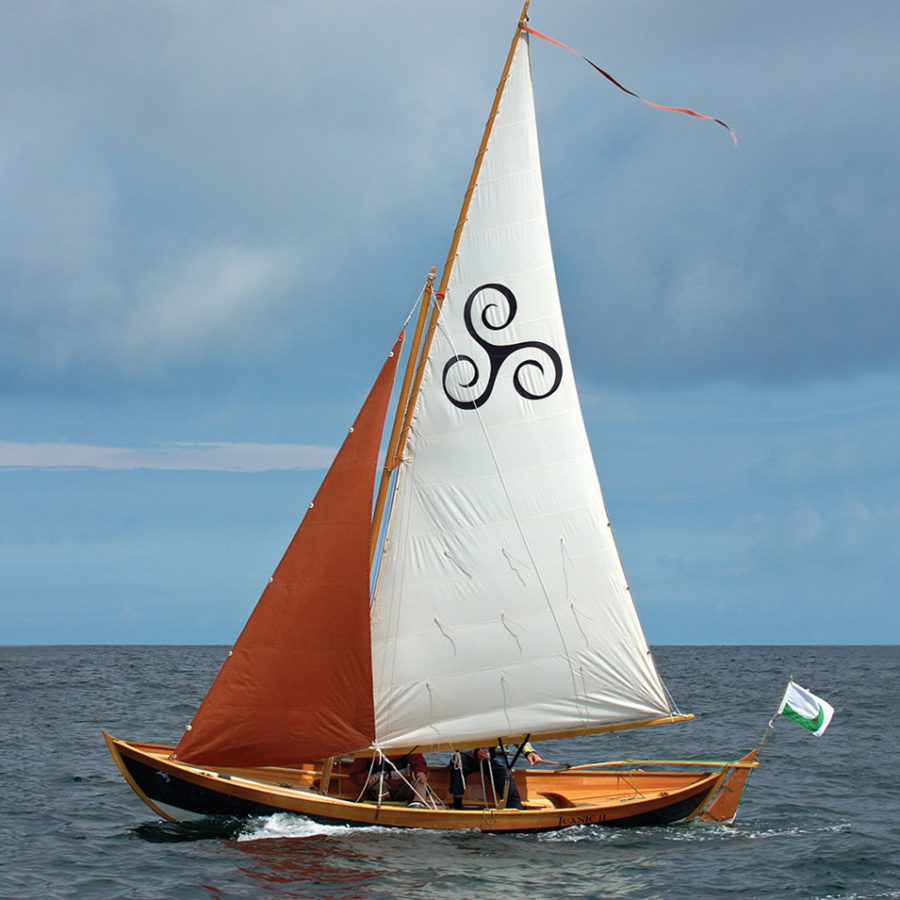
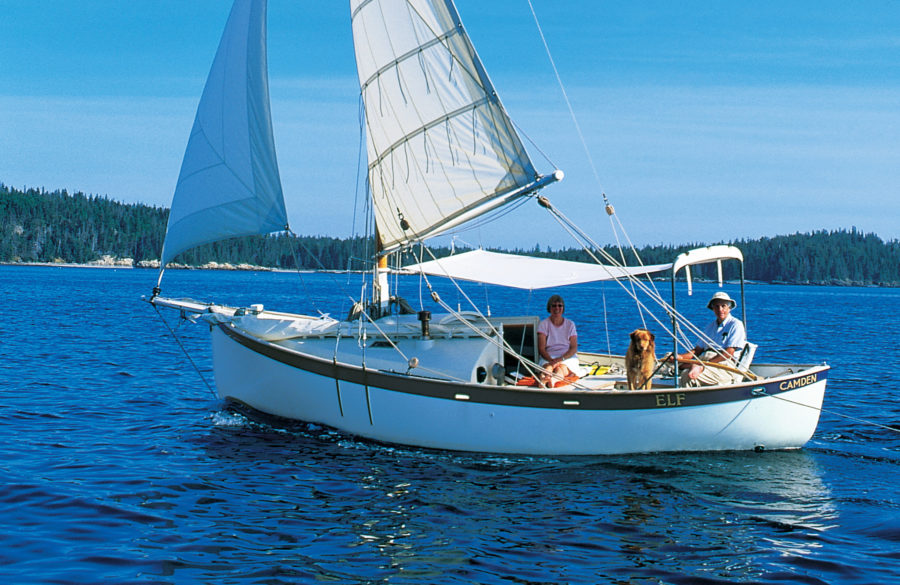
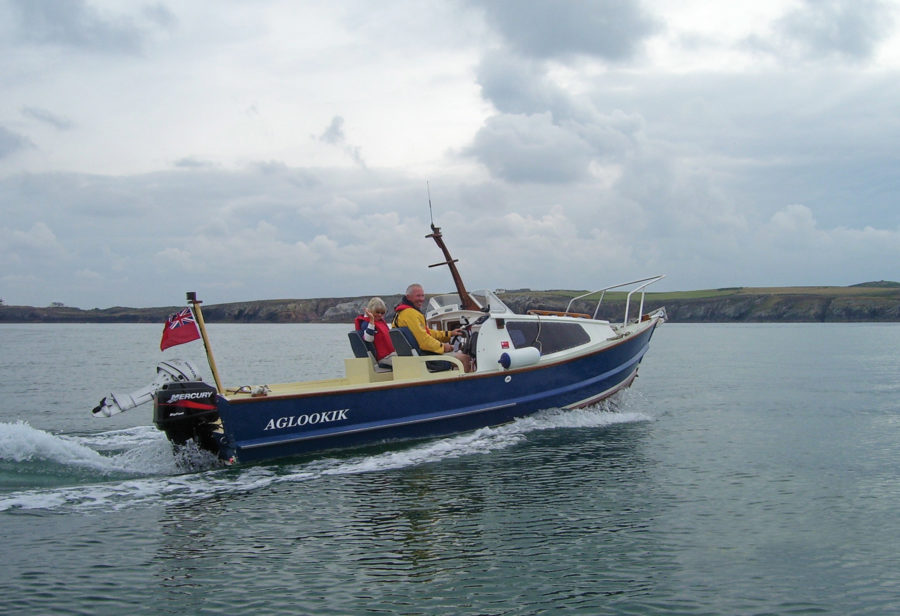
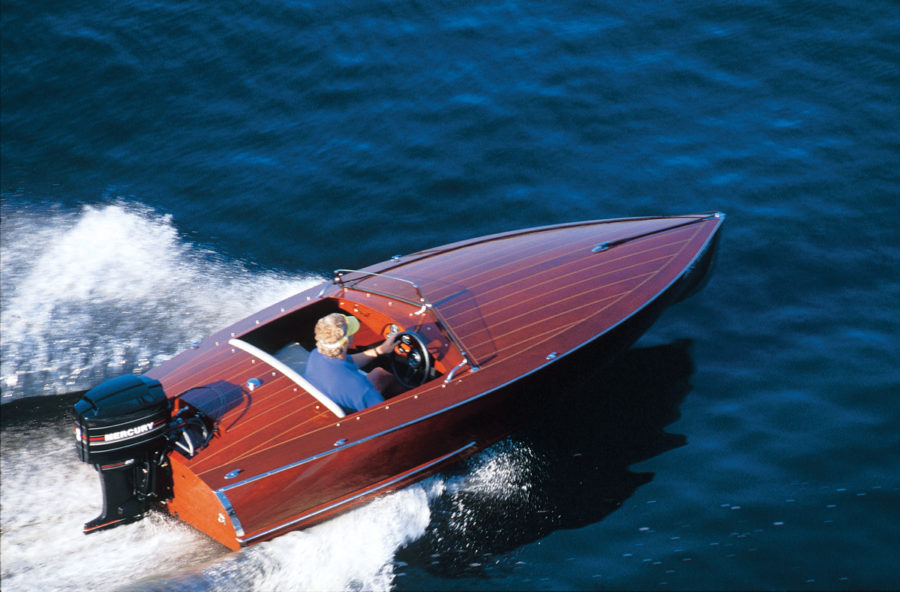
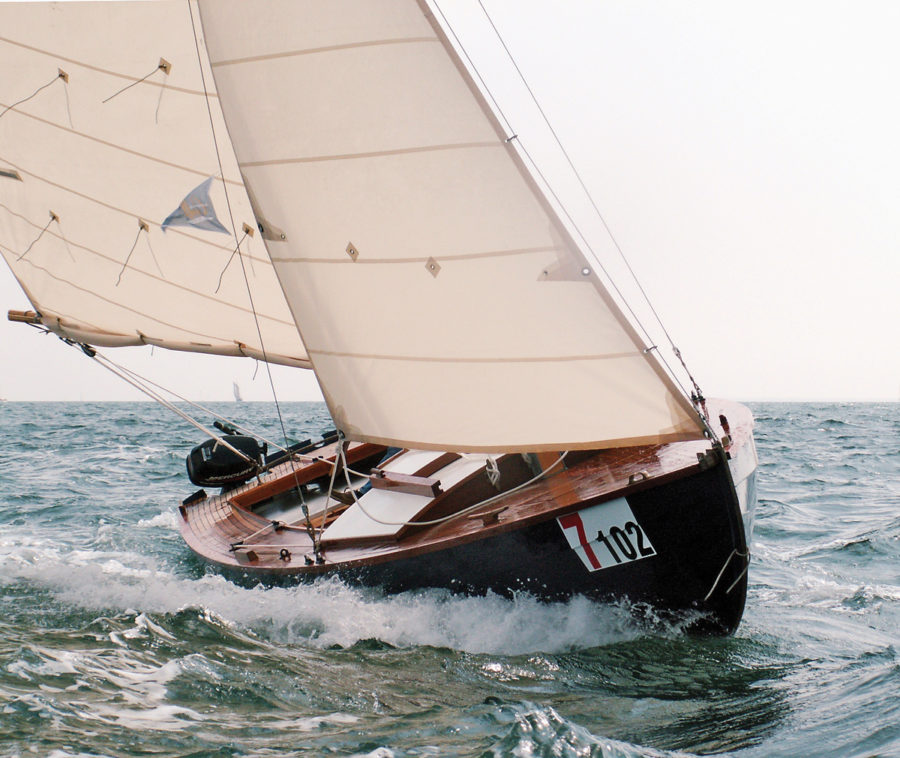
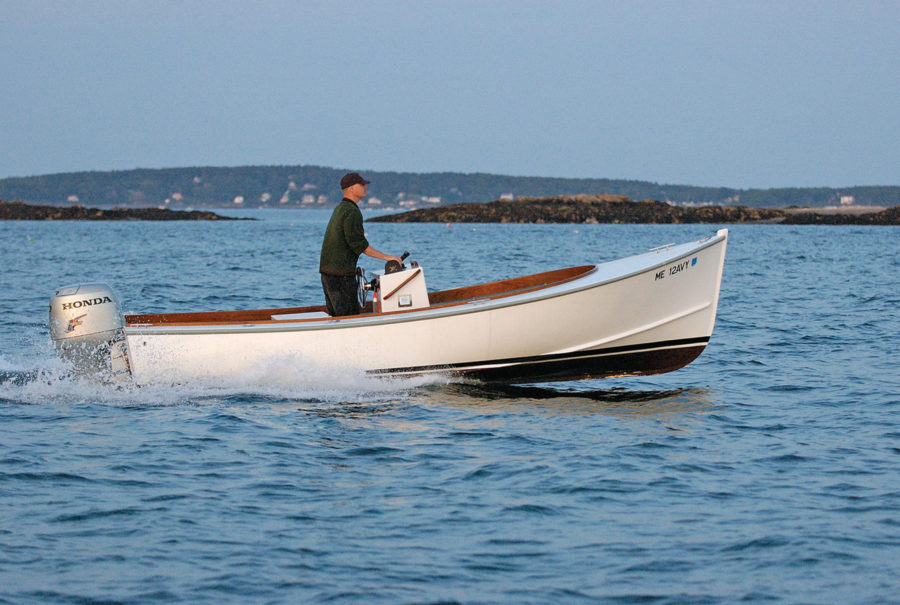
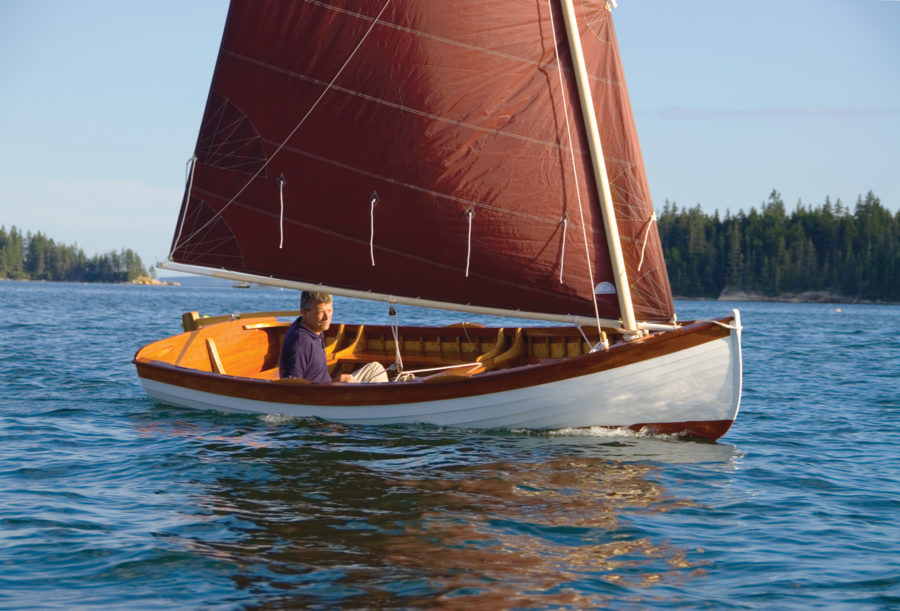
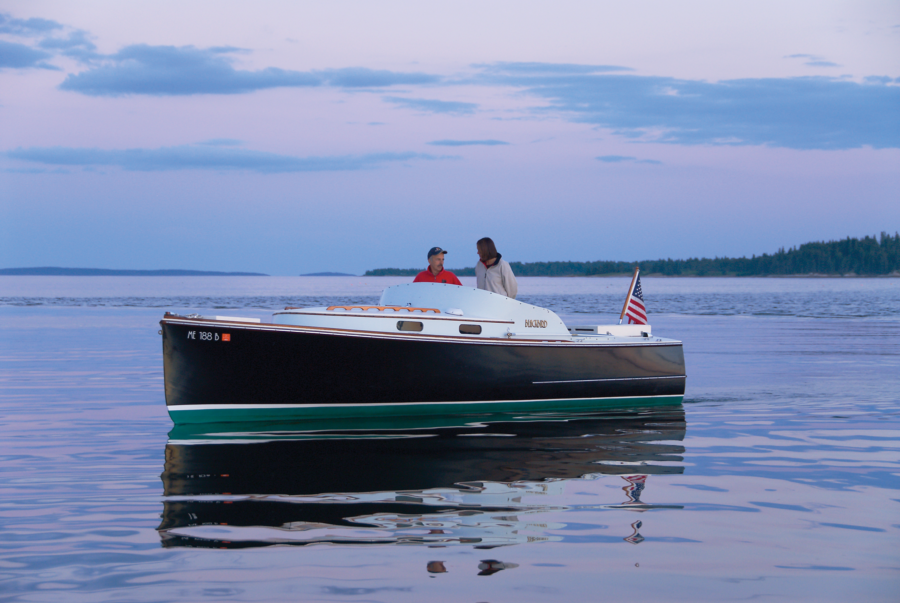
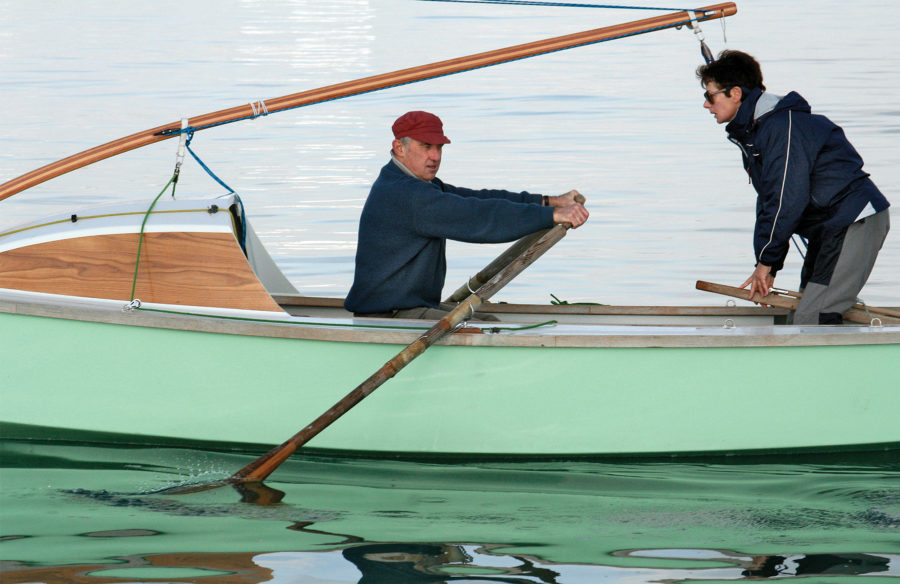
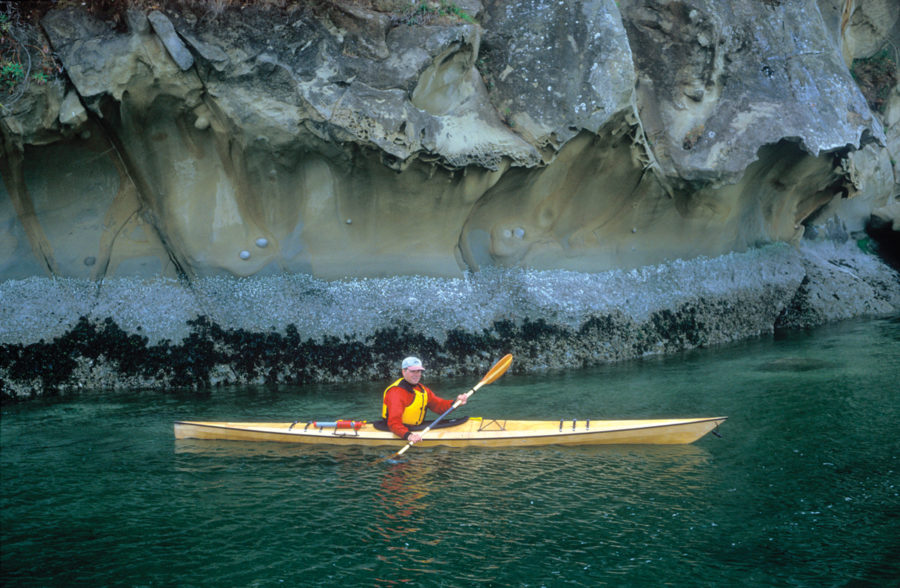
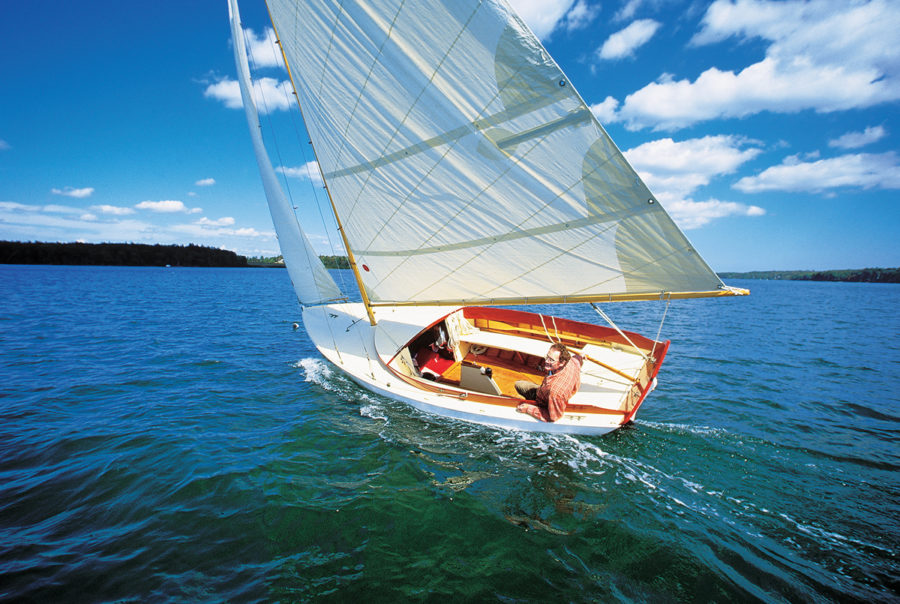
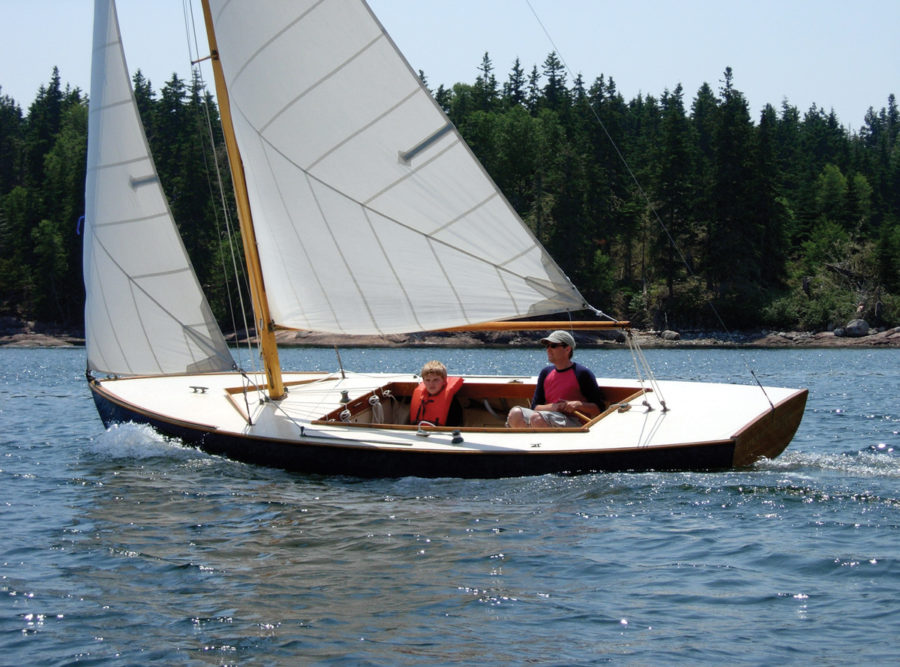
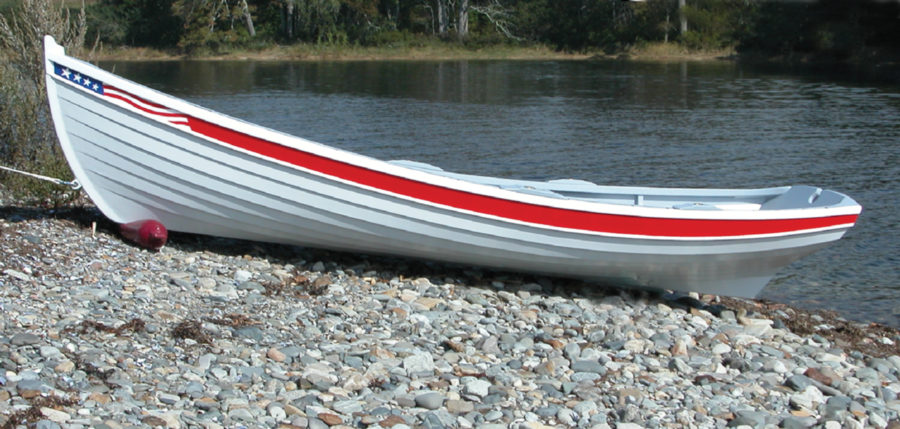
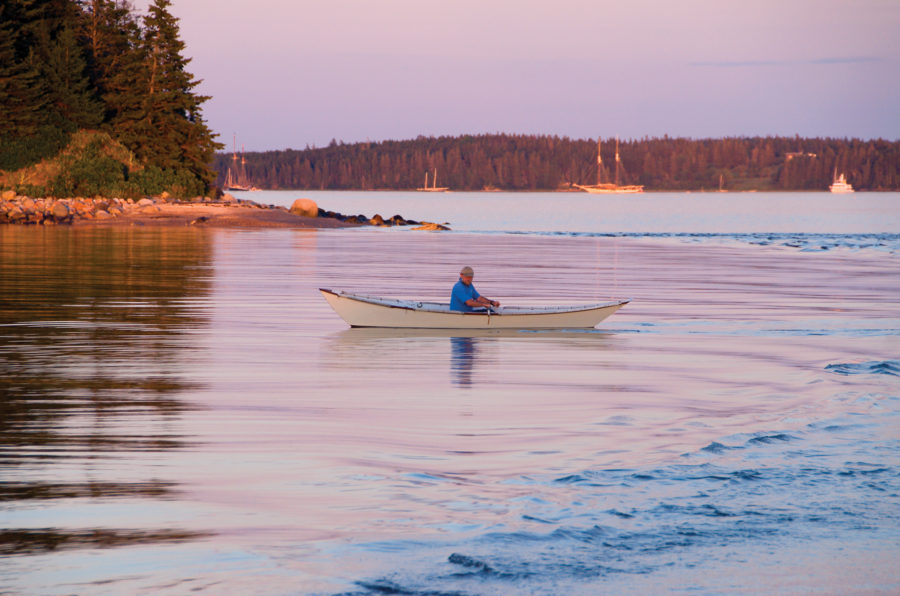
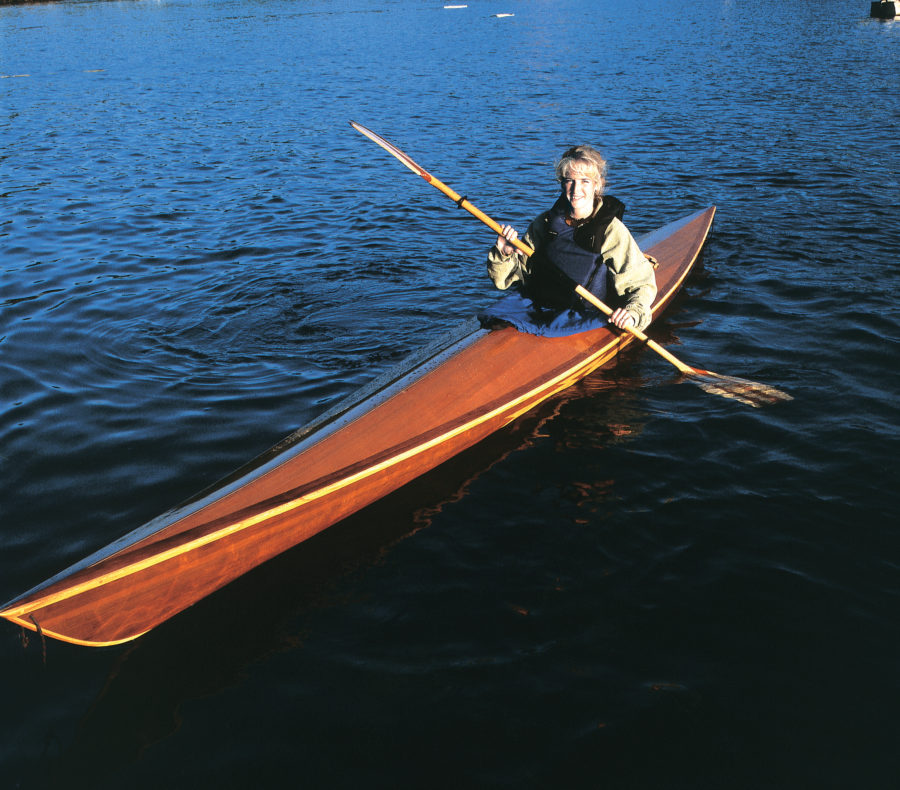
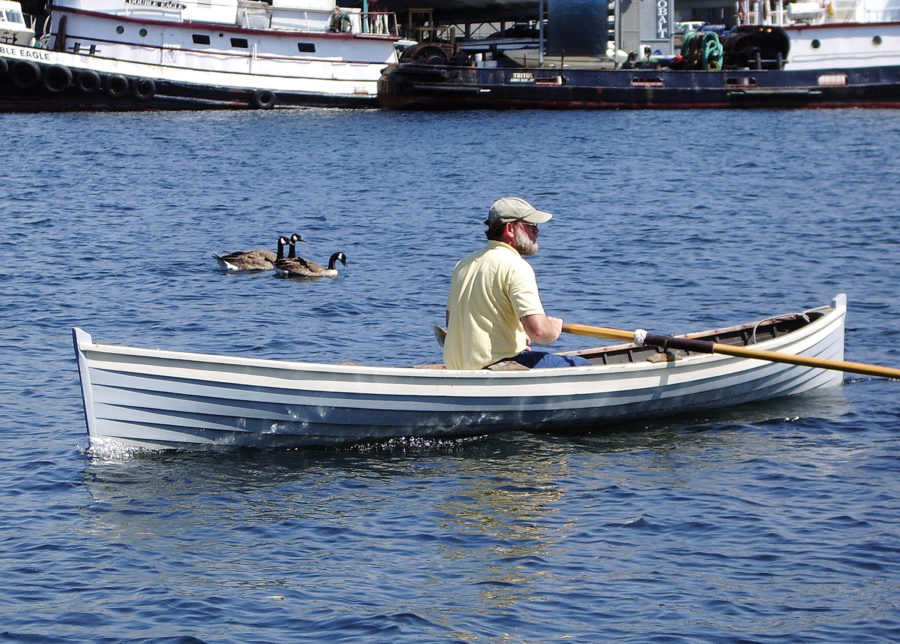
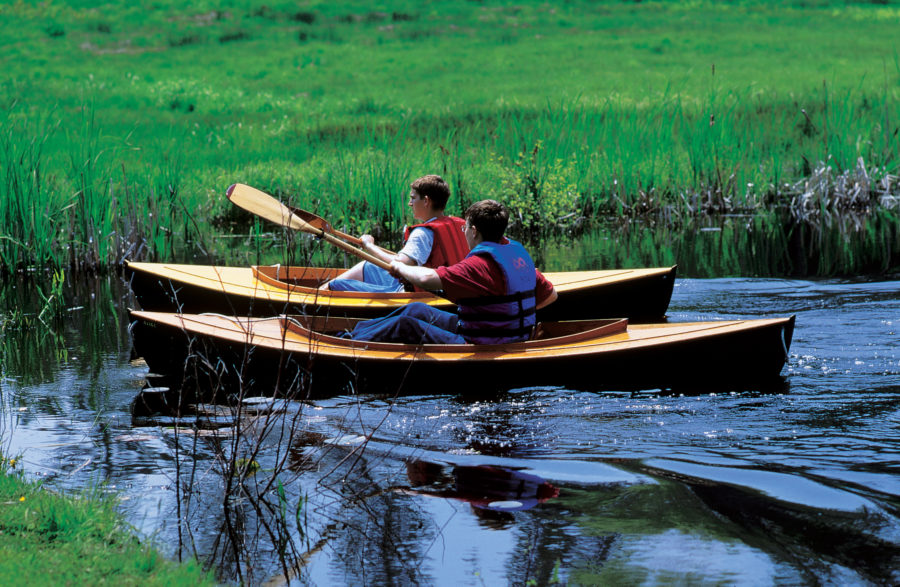
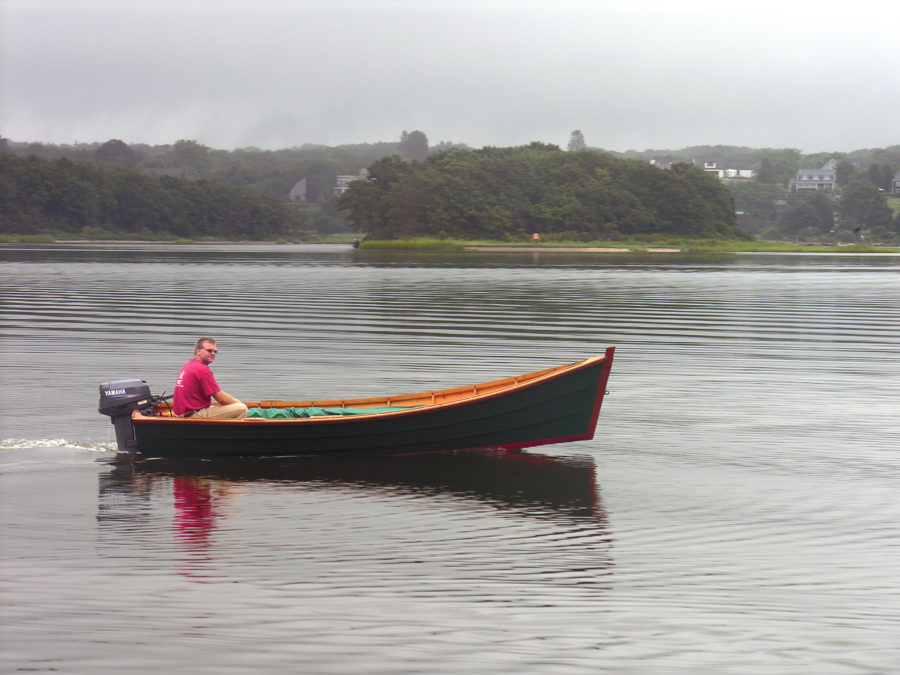
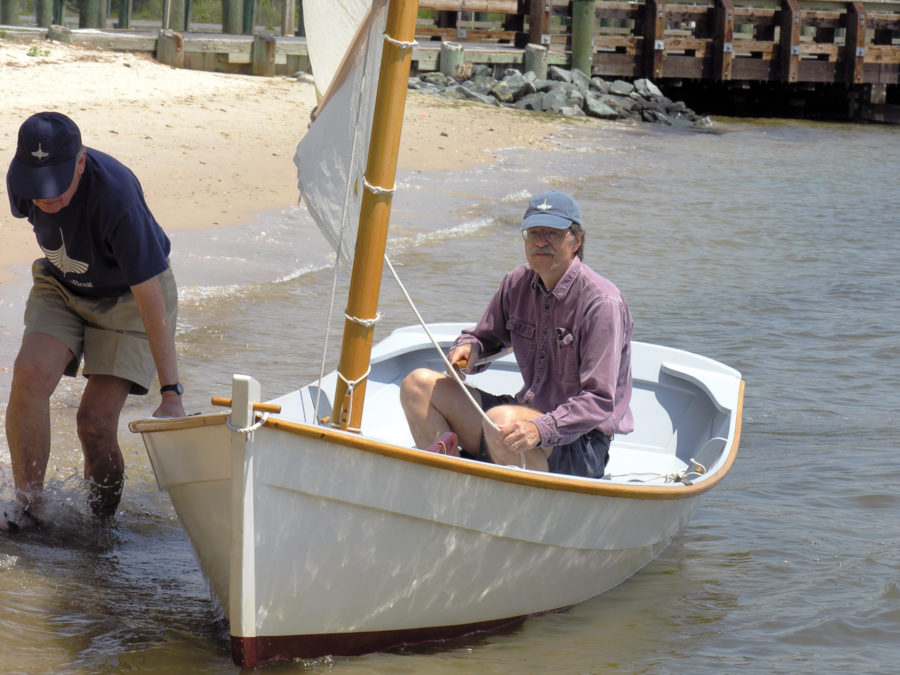
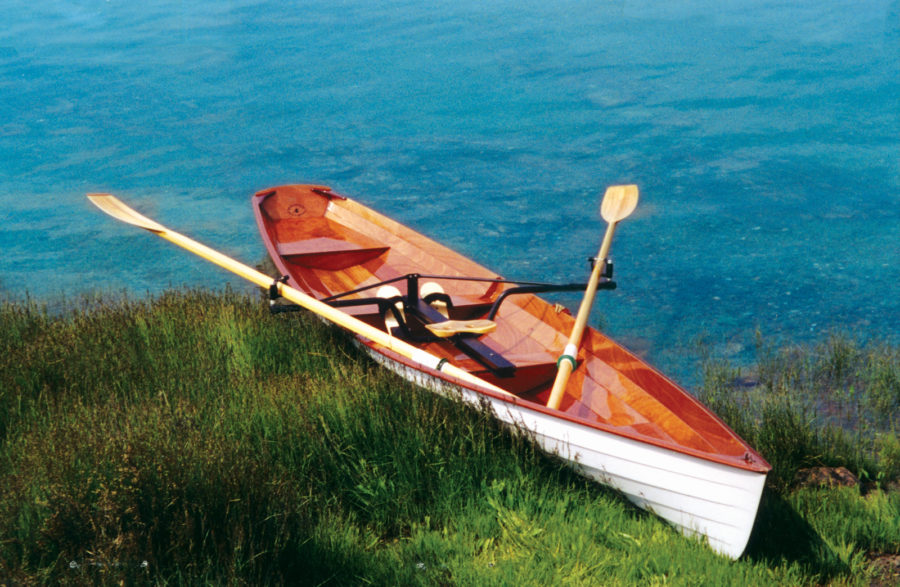
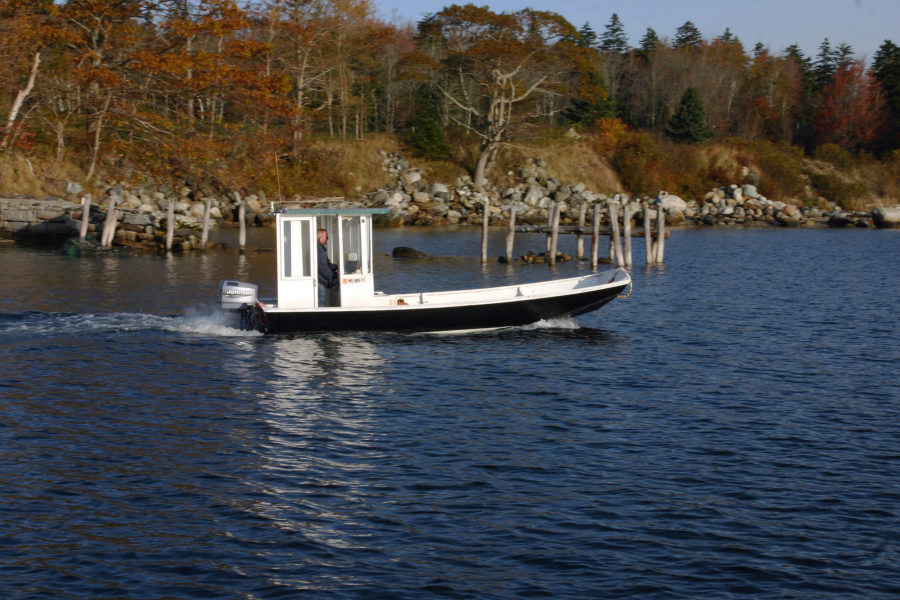
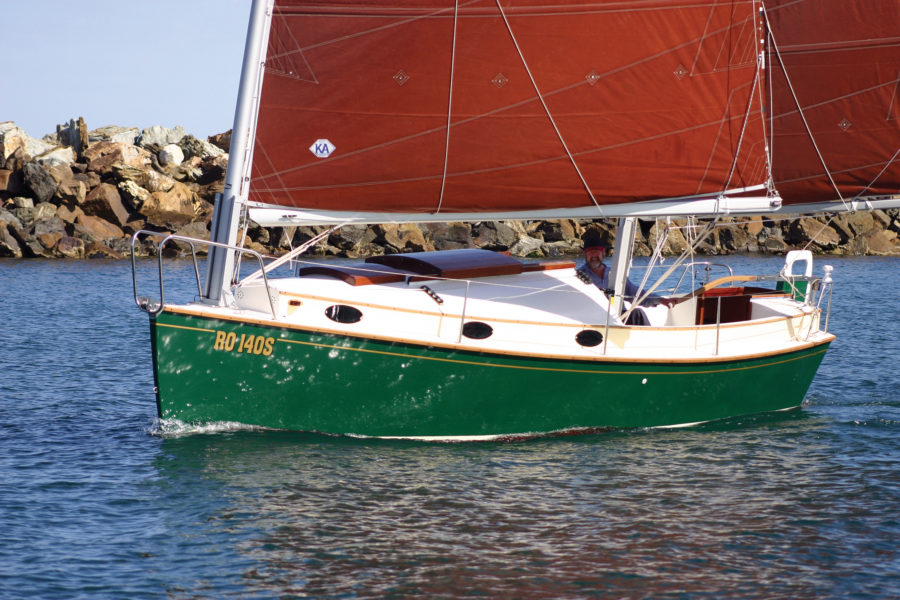
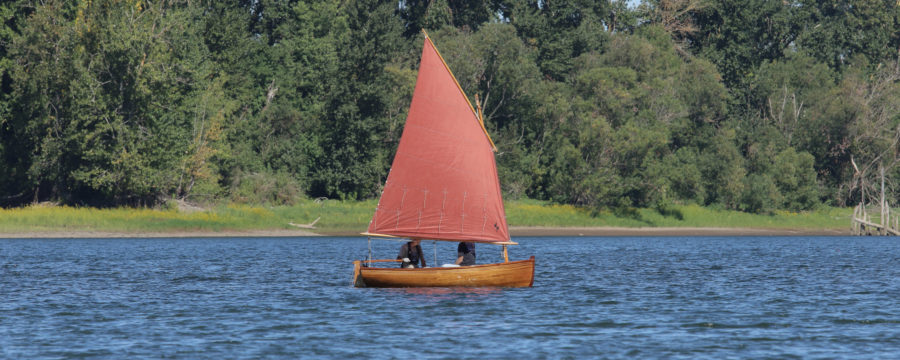
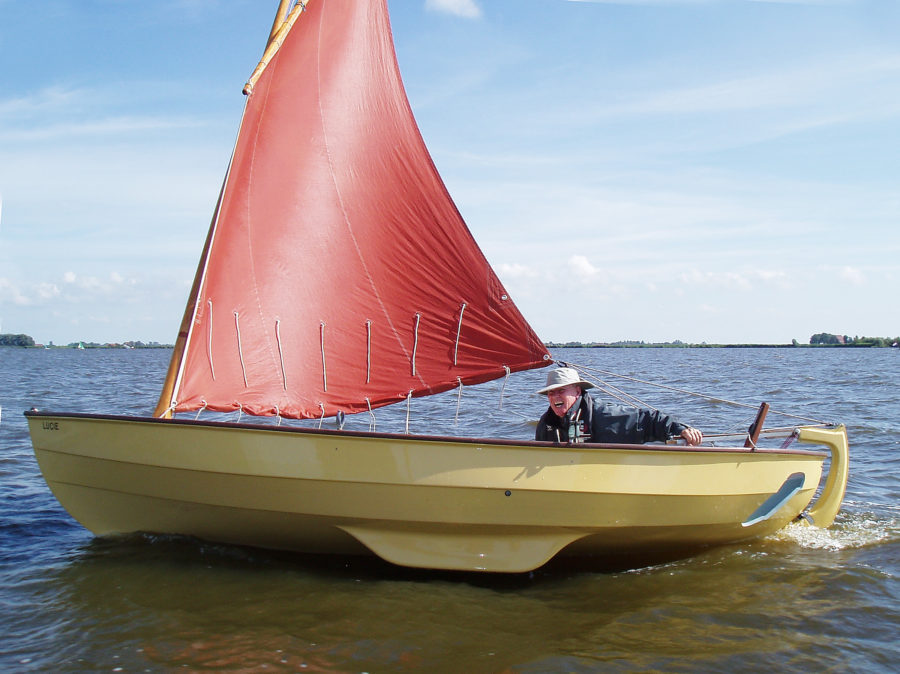

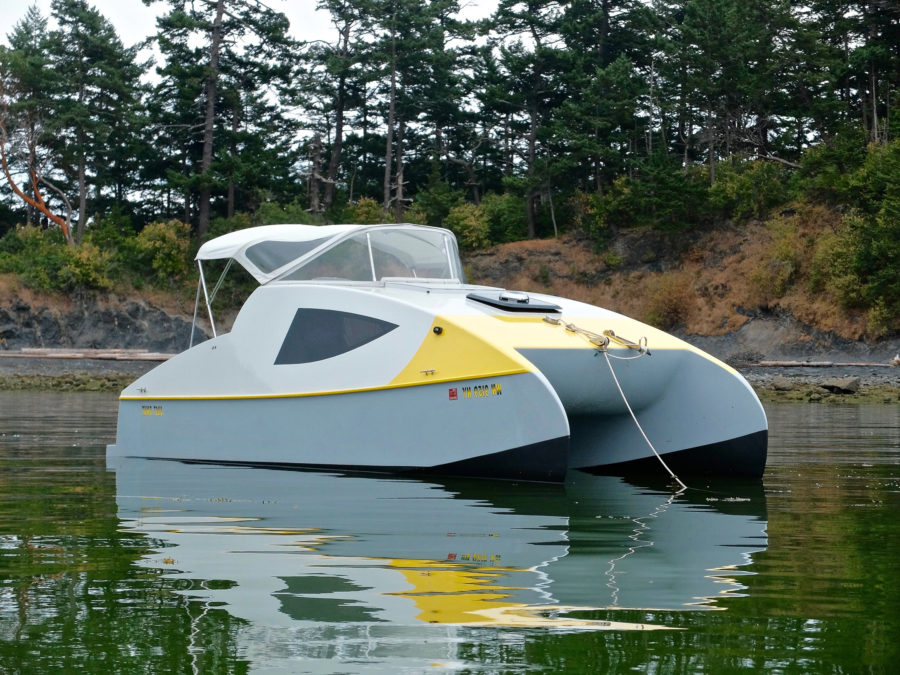
This is one I’ve been thinking about, but I would be very tempted to put an outboard well in to use an electric trolling motor when I’m not feeling up to rowing. My sailing abilities put me firmly in the “less adept” category.
Jeff
You couldn’t find a better boat. I completed my Ness Yawl, WEE BIRLINN, ten years ago and have had so many great adventures aboard. I, too, thought about the outboard well but am glad I didn’t fit it, she rows so well but you hardly ever need to motor. Kathy Mansfield’s comment about drifting downwind in almost no wind and loosing steerage way is the only comment of hers that I would argue with. I have rarely found this a problem, in fact in such really light conditions I can sail rings around boats like the Bayraider 20s.
Given your “less adept” comment, one thing I would recommend is my compromise of using a 32kg (70lb) 1/2″ galvanized mild-steel centerboard (with ply cheeks to take up the full width of the standard centerboard case). We sail in all conditions here on the Western Australian coast, and after my first few sails getting to know her capabilities I would trust the Ness Yawl at sea over and above almost any other small boat.
Check out The Old Gaffers Association of Western Australia to see us in action.
Happy to talk to you more if you do go ahead to build the best ever little ship.
Jim
I would like to row solo … is this do-able with this boat? The lines MAKE this vessel!
A bit late to be making a Comment on this one, but one glaring mistake should be corrected. Kathy’s story is very good; she obviously appreciates the Ness Yawl, having sailed my first one, and another in the first Great Glen Raid. However, her excellent photos show a different design! – this is the prototype of the Arctic Tern, which is 18′-2″ OA, and a beam of 5′-1″ instead of the final design at 5′-4″. I wanted a slightly smaller boat, with 6 strakes a side instead of 4, for a maybe more traditional look. (Now there is also a stretched version at 19′-8″). And a more complex sloop rig, to see how it would compare with the balanced lug.
There was a slightly awkward statement about the centerboard; an early editor revised it, and somehow decided that the boat did not sail well close-hauled in a very light breeze. Suggested it’s time to get out the oars. Wrong. Both designs sail remarkably well in barely perceptible breezes.
Hi Iain,
Of your designs what do you consider the best balanced sail/oar boat for camp cruising for one or two people for a few days?
What are the Ness Yawl’s dimensions?